opening hours
Monday closed
Tuesday to Sunday 11 am – 7 pm
Monday 8 December 11 am > 7 pm
Wednesday 24 December 11 am > 4:30 pm
Thursday 25 December closed
Wednesday 31 December 11 am > 4:30 pm
Thursday 1 January 11 am > 7 pm
Monday 5 January 11 am > 7 pm
Tusday 6 January 11 am > 7 pm
- full price € 15 at the box office - € 14 online
- reduced price € 12 at the box office - € 11 online
– for young people aged between 18 and 25 (not yet turned 25);
– for groups of 15 people or more;
– La Galleria Nazionale, Museo Ebraico di Roma ticket holders;
– upon presentation of ID card or badge: Accademia Costume & Moda, Accademia Fotografica, Biblioteche di Roma, Centro Sperimentale di Cinematografia, Enel (for badge holder and accompanying person), FAI Fondo Ambiente Italiano, Feltrinelli, Gruppo FS, IN/ARCH Istituto Nazionale di Architettura, Sapienza Università di Roma, LAZIOcrea, Palazzo delle Esposizioni, Amici di Palazzo Strozzi, Accademia Nazionale di Santa Cecilia, Scuola Internazionale di Comics, Teatro Olimpico, Teatro dell’Opera di Roma, Teatro di Roma, Università degli Studi di Roma Tor Vergata, Youthcard; - open € 18
valid for one year from the date of purchase
- free
– minors under 18 years of age;
– myMAXXI cardholders;
– on your birthday presenting an identity document;
– upon presentation of EU Disability Card holders and or accompanying letter from hosting association/institution for: people with disabilities and accompanying person, people on the autistic spectrum and accompanying person, deaf people, people with cognitive disabilities and complex communication needs and their caregivers, people with serious illnesses and their caregivers, guests of first aid and anti-violence centres and accompanying operators, residents of therapeutic communities and accompanying operators;
– MiC employees;
– journalists who can prove their business activity;
– European Union tour guides and tour guides, licensed (ref. Circular n.20/2016 DG-Museums);
– 1 teacher for every 10 students;
– AMACI members;
– CIMAM International Committee for Museums and Collections of Modern Art members;
– ICOM members;
– from Tuesday to Friday (excluding holidays) European Union students and university researchers in art history and architecture, public fine arts academies (AFAM registered) students and Temple University Rome Campus students;
– IED Istituto Europeo di Design professors, NABA Nuova Accademia di Belle Arti professors, RUFA Rome University of Fine Arts professors;
– upon presentation of ID card or badge: Collezione Peggy Guggenheim a Venezia, Castello di Rivoli Museo d’Arte Contemporanea, Sotheby’s Preferred, MEP – Maison Européenne de la Photographie;
Robert Wilson. Mother
- ticket € 5
limited seating; it is mandatory to arrive at the infopoint 15 minutes before the start time indicated on the ticket; the experience lasts approximately 45 minutes
- Mother + Museum ticket € 17
limited seating; it is mandatory to arrive at the infopoint 15 minutes before the start time indicated on the ticket; the experience lasts approximately 45 minutes
Collection
MAXXI’s Collection of Art and Architecture represents the founding element of the museum and defines its identity. Since October 2015, it has been on display with different arrangements of works.


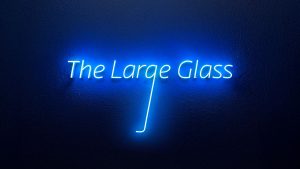
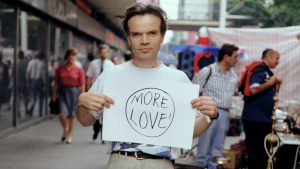
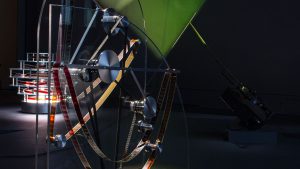
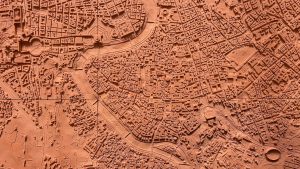



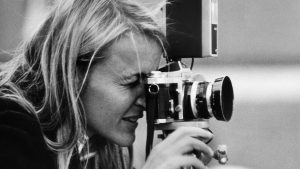

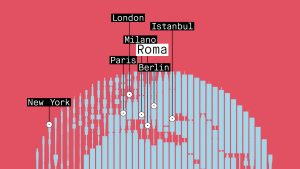
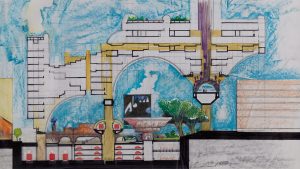
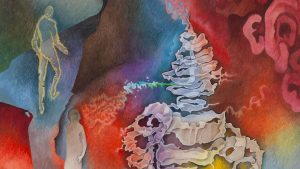

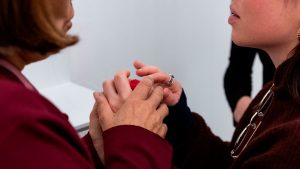
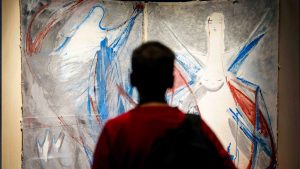
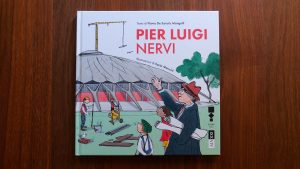
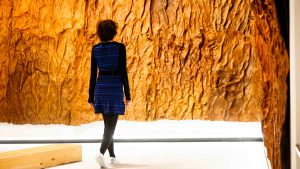
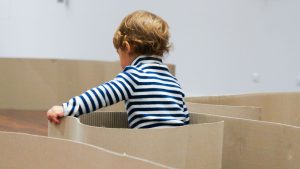
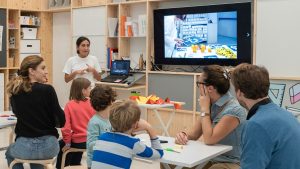
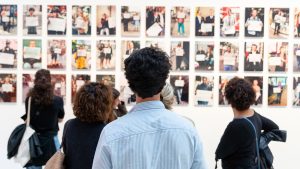
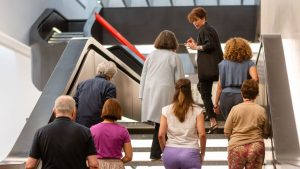
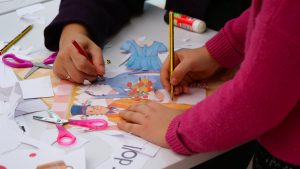


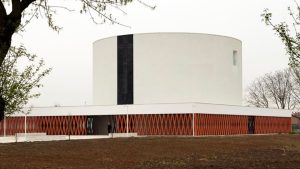

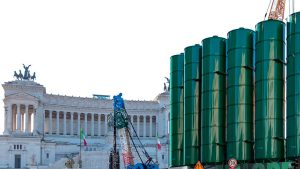

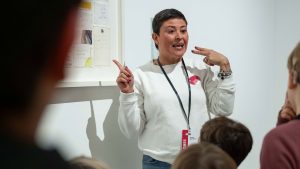



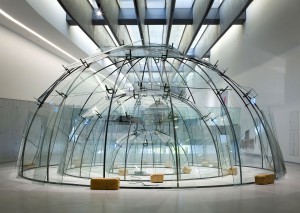
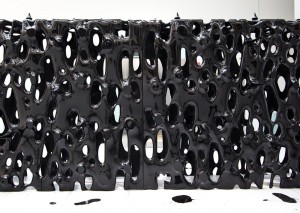
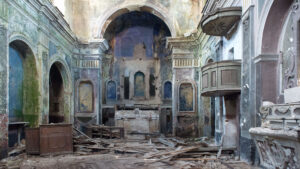


4 exhibitions/installations
01 Francesco Venezia 25 February-30 April 2011
02 West 8 20 May-21 August 2011
03 Alberto Campo Baeza 9 September-30 October 2011 extended until 6 November
04 UNStudio November 2011-January 2012
A huge tree, the leaves of which are drawings, a marsh from which emerge images of projects, a great installation recreating the mental landscape of Alberto Campo Baeza: this is El árbol de la creación – The tree of creation, the third episode of Nature, the cycle of four monographic installations with which MAXXI Architecture is exploring new interpretations of contemporary architectural research.
The tree of creation, curated and installed by Manuel Blanco and coproduced with Acción Cultural Española (AC/E), provides a comprehensive analysis of the relationship with nature of one of Spain’s most radical contemporary architects, the creator of a significant nucleus of works that have become points of reference for the specific use of natural light and landscape.
Thursday 8 September at 20.30, on the occasion of the inauguration, Alberto Campo Baeza will hold a conference devoted to his work at the MAXXI auditorium – free admittance while seats available.
Campo Baeza, L’albero della creazione ©Cemal Emden
Campo Baeza, L’albero della creazione ©Cemal Emden
“Alberto Campo Baeza is one of the purest and most radical Spanish architects.
Natural light is the material with which he constructs the spaces of his works. The pools of light he projects and allows to slide across his walls ensure his spaces mutate continuously.
His architecture sets man on a pedestal, in the midst of nature, simultaneously utilising the solution of the protective refuge, the belvedere and the plane that leads us to the landscape.
[…]
In this exhibition I have attempted to analyse his creative process, revealing the intimate dimension of the architecture and its idiom, that which ensures that Campo Baeza, building “more with less”, is one of the great masters of contemporary architecture.’
Manuel Blanco